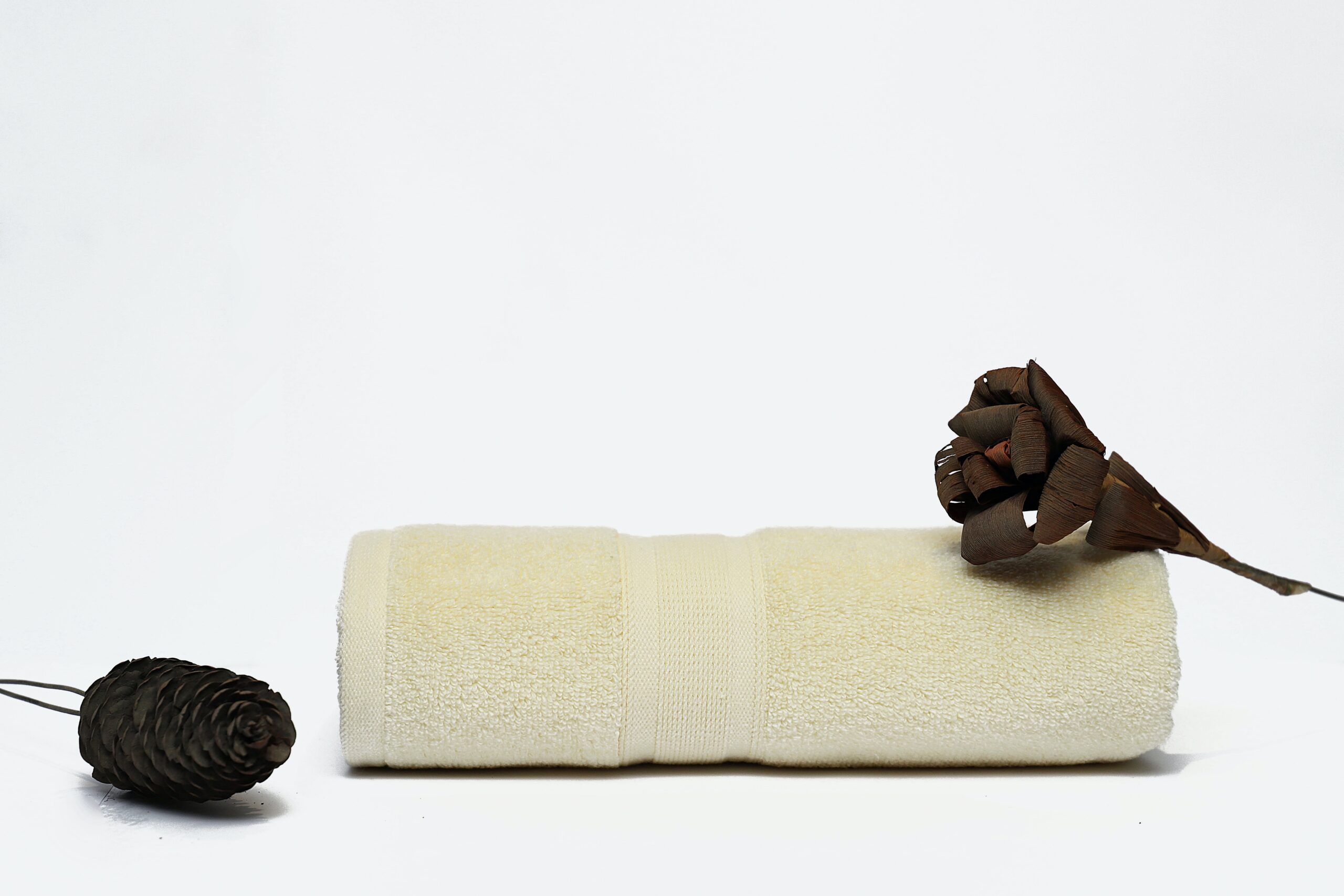Jain Sambar Recipe Without Vegetables Easy Cooking Process
Know the details about the Jain Sambar Recipe Without Vegetables Easy Cooking Process, Easy Jain Sambar Recipe Without Vegetables
Jain Sambar Recipe Without Vegetables: A Detailed Guide to a Simple and Flavorful Dish
Sambar is a popular South Indian dish that’s typically packed with a variety of vegetables. However, for those who prefer a simpler version or are observing specific dietary practices like during Paryushan, a Jain festival, a vegetable-free variant can be a great alternative. This article provides a comprehensive guide to preparing a Jain Sambar without vegetables, while keeping the dish flavorful and delicious.
Jain Sambar Recipe Without Vegetables Easy Cooking Process
About Jain Sambar Without Vegetables
Jain Sambar without vegetables is a simplified version of the traditional sambar. It adheres to the Jain dietary principles, which excludes onions, garlic, and root vegetables, and also leaves out other vegetables. Despite these exclusions, this sambar variant is still full of flavor and makes a comforting meal when served with rice or flatbreads.
Ingredients Required & Quantity
- Toor dal (Split pigeon peas) – 1 cup
- Tamarind – small lemon-sized ball
- Sambar powder – 2 tablespoons
- Turmeric powder – 1/2 teaspoon
- Asafoetida (Hing) – a pinch
- Salt – to taste
- Jaggery – 1 teaspoon
- Water – as required
- Oil – 2 tablespoons
- Mustard seeds – 1/2 teaspoon
- Curry leaves – a sprig
- Dry red chilies – 2
Nutritional Information
A serving of Jain Sambar without vegetables (approximately 150 grams) contains around 100 calories. It’s high in dietary fiber, protein, and has a good amount of iron from the toor dal.
Cooking Time and Preparation Time
- Preparation time: 15 minutes
- Cooking time: 30 minutes
Cooking Steps Overview
The cooking process involves rinsing and boiling the lentils, preparing the tamarind pulp, and making the tempering. These are then combined and simmered to create a flavorful dish.
Step-by-Step Cooking Procedure
- Preparation: Rinse the toor dal thoroughly and soak it for about 15 minutes.
- Cooking the Dal: Drain the dal and add it to a pressure cooker with turmeric powder, a pinch of asafoetida, and water. Pressure cook for 3-4 whistles until the dal is soft.
- Preparing the Tamarind Pulp: Soak the tamarind in warm water for about 15 minutes. Squeeze it to extract the pulp and strain to remove any seeds or fibers.
- Making the Sambar: In a large pot, combine the cooked dal, tamarind pulp, sambar powder, salt, and jaggery. Mix well and bring it to a boil.
- Tempering: Heat oil in a small pan, add mustard seeds, dry red chilies, and curry leaves. Once the mustard seeds start to splutter, add this tempering to the sambar.
- Final Step: Stir well, cover the pot, and let the sambar simmer for 10-15 minutes. Serve hot.
Tips
- Adjust the amount of sambar powder and tamarind pulp according to your taste preferences.
- If the sambar is too thick, add some boiled water to adjust the consistency.
Things to Know
- Jain Sambar without vegetables is free from onions, garlic, and root vegetables, adhering to the Jain dietary principles.
- The dish is vegan and gluten-free (ensure the sambar powder used is gluten-free).
- It’s a versatile dish that pairs well with rice, roti, or dosa.
FAQs
- What is Jain Sambar without vegetables?
Jain Sambar without vegetables is a variant of the traditional South Indian sambar prepared without onions, garlic, root vegetables, and any other vegetables following Jain dietary principles.
- What can I serve with Jain Sambar without vegetables?
Jain Sambar without vegetables pairs well with rice, roti, or dosa.
- Can I use any other dal in Jain Sambar without vegetables?
Toor dal is traditionally used in sambar, but you can substitute it with masoor dal or moong dal if preferred.
In conclusion, Jain Sambar without vegetables is a simple yet flavorful dish that adheres to the Jain dietary principles. Enjoy this comforting meal anytime for a taste of simplicity at its best.

